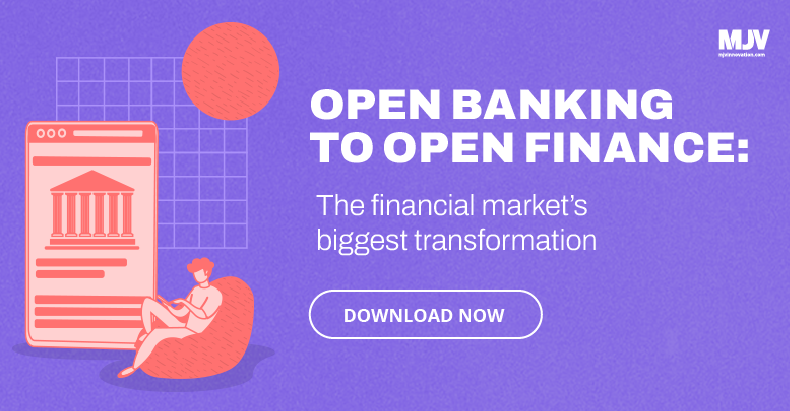A new credit score system using social media data proved to be assertive
Understanding consumer credit behavior by making use of data collected on social networks.
The debate on social scoring, a financial credit granting system based on social media profiling, is a global issue. MJV helped one of the largest banks in the world enter the Brazilian market, adapting its modern retail credit solution to the local reality.
With a total of 130 million people connected through different social networking platforms, the opportunity to offer a disruptive solution to the market emerges: a smarter credit analysis integrating social media data.
In a hyperconnected world where users check in and share interests, opinions and preferences at all times, the volume of information available on social media is enormous. And companies are starting to realize the value of this data to provide more assertive solutions.
Modern times: a new credit proposal
There has never been so much talk about social scoring, for good or bad. The issue is controversial and the way some countries approach the issue raises ethical discussions about the misuse of customer data. There are nations that, in possession of sensitive information, publicly disclose this data to punish citizens who fail to meet their financial commitments.
In Brazil, a country where part of the population has a distrust relationship with the banks, it is necessary to expend Communication efforts on each service launched to raise awareness and undo this image.
In this context, how is it possible to enter this market while positively impacting the consumer? The answer: build a new level of financial relationships and define a strategic approach that takes into account the country’s specific cultural differences and the financial habits of its population.
Social media: the 2nd largest market
According to a study conducted by Hootsuite, a social media management company, Brazil ranks among the top places when it comes to time spent on the internet: more than nine hours a day on average. The report also states that at least three hours are dedicated to the use of social networks.
Based on this challenge, the time came to understand everything about customer acceptance, engagement, and wishes. The answer we found was: to conduct an in-depth study of the Brazilian economic context and apply a Design Thinking strategy.
Defining credit consumption profiles
The complexity of the project has led to the collection of hypotheses based on quantitative and qualitative data, and to put them to the test. This process resulted in strategic guidelines for communication and product deployment.
Convinced that the official data categorizing the population contain distortions about possible credit consumer singularities, we enriched this information with in-depth interviews.
The surveys had different focuses. First, we gathered information to understand the Brazilian financial scenario and map the available credit offerings in the market.
Later, through qualitative online and offline research, we sought to understand the expectations and needs of consumers in relation to financial services, in addition to confirming some hypotheses about the presence of the Internet and the use of social networks in the different demographic contexts in Brazil.
At the end of the analysis of the content of the interviews, we created personas based on the identification of different patterns of financial behavior. We also conducted a later study to cross these personas with their inclination to use social networks for credit consumption.
In order to validate our findings directly with possible clients, we developed the communication of a fictitious financial tool, containing the degree of innovation that the client expected according to the interviews. The action made it possible to verify the reaction people would have to the concept of the product.
Solution: behavioral matrix and implementation guidelines of a new credit model
At the end of the project, we developed a behavioral matrix that grouped the hypotheses confirmed in all stages of the project and associated them with the different behavioral profiles mapped.
A matrix is a visual tool that facilitates the understanding of the journey from different user profiles, from the most daring to the most conservative in its evolution of credit consumption – and what events during their lives have led them to adopt such a stance.
The project gave the customer a realistic perspective on how people view this innovation in the credit system and helped them define their business plan in an assertive way, reducing financial risk in their entry strategy.
Back
